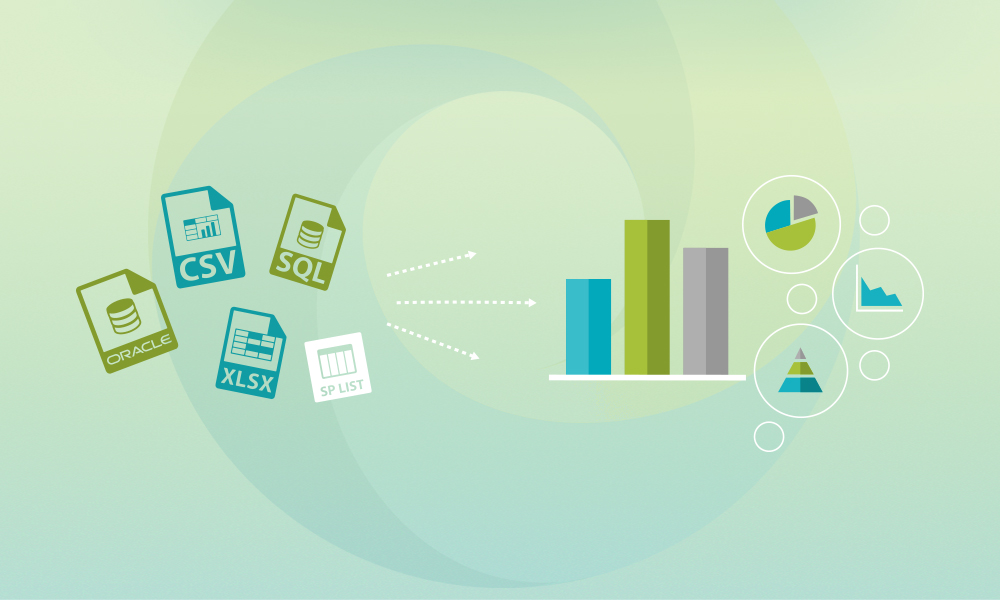Data management with Microsoft SharePoint can pretty much seem like a nightmare in many leading MNCs, given the major diversities in the use of data storage software that can exist across different levels. That is why an enterprise charting solution that can connect to any of those platforms can be very helpful to data analysts and decision makers.
This is where Collabion Charts for SharePoint comes into the picture. With seamless connectivity to a plethora of data sources, it can make your life a whole lot easier when you have to make charts in a hurry, before presentations. Here’s how:
Connect to SharePoint Lists
Grabbing data from a SharePoint list is simple when you use Collabion. In the Select Data Provider setting, choose SharePoint List and in the next step, use the List Located In setting to connect to a list that is present within the same SharePoint site, or a different one. Once that is done, you can point to the web application, site collection, or site/subsite, where the list is present. Then, configure the data source and you will be able to connect to the list, fetching data from it.
Connect to SQL Server database
The latest version of Collabion (2.3.0.0) gives you 3 different ways of connecting to SQL Server. You can use SQL Server Authentication, Windows Authentication, or Domain Authentication. Once you connect, you can select the database with your data and proceed from there. What’s more – you can fetch data from views as well, and write your own queries.
Connect to Excel workbook
Connecting to Microsoft Excel is easy when you use Collabion. Simply click on the drop-down menu Select data provider, and choose the option Microsoft Office Excel File. Mention the location of the Excel file in the field URL of Excel file, or hit browse to locate the file. Key in the password (in case the file has one), in the next field. That’s it. Now click on Load and you should be able to work with the data contained in the file.
